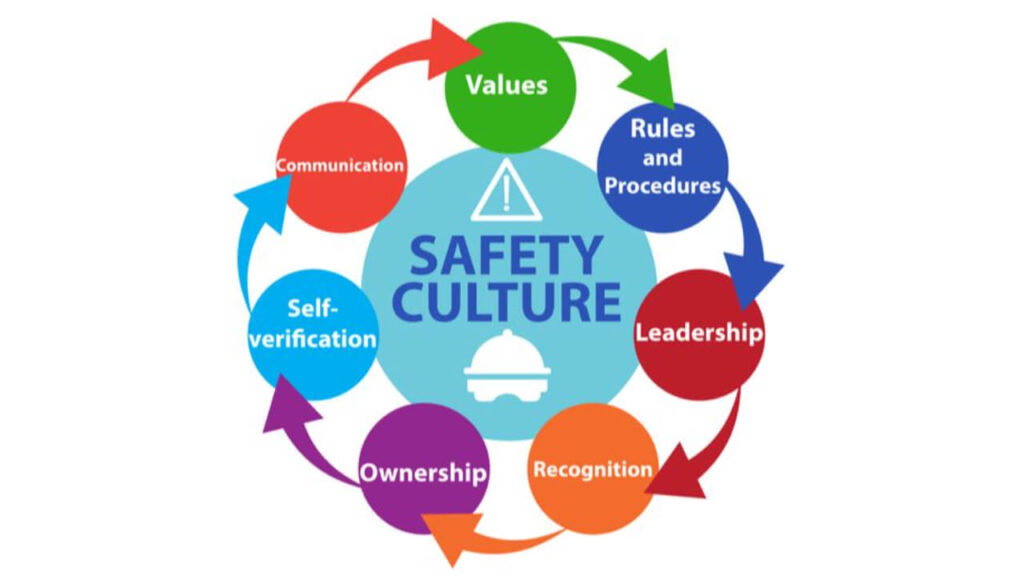
“They wanted us to talk to our guys about safety at home. AT HOME!! I don’t care what they do at home, as long as we take care of them here!”
I turned to stare at my friend, mouth half-open in shock. He continued, “I’m on the health and safety committee at work, and company that makes our programs asked us to survey our staff about safe practices when they’re not even at the shop. It’s crazy. I don’t have time for that. We don’t have time for that. “
My husband must have noticed the twitch in my eye because after over a decade of being married to an occupational health nurse, he delivered the perfect response:
“Didn’t you just say three minutes ago that you’re understaffed? What if someone sliced their hand open at home? You’d care if you had to do their job for them, now wouldn’t you?”
I love that man.
The truth is, safety committees so often think like my short-sighted friend at the BBQ: Anything that happens outside the workplace stays outside of the workplace.
But does it? Of course not! Safety starts at home, and we’re relying on our workers to be both present and capable every day. If your safety committee thinks their concerns start and stop at the front door, I’d like to challenge your thinking.
As with the example my husband so finely shared above: How much would it cost your organization to cover the workload of one employee’s hand? It’s true that offering modified work will help to cut costs in this case (ask us how!), but it’s also true that someone else is still going to have to make sure the full scope of work is executed. Will this mean added training costs? Overtime costs? Salary for an additional crew member? An increase in benefit program premiums? Will it cost lost productivity – a delay in job completion, an inability to take on additional work, or a looming backlog that will result in unsatisfied customers or ownership? In a time where costs are surging around the world, maybe it’s time for the industry to examine the real costs of providing an extra set of gloves for workers to use around the house, compared to the cost of an avoidable hand injury.
And this is only one example. How about that worker with a perfectly manicured yard? Does he wear hearing protection while running the lawnmower/hedge trimmer/leaf blower/weed wacker? What kind of impact will noise exposure outside of work have on your hearing conservation outcomes?
So much of what we do to keep safe at work will help keep us safe at home:
- Ice cleats work in our own driveways.
- Earplugs work in our ATVs.
- Three-point contact keeps us from falling while we clean our gutters.
- Proper lifting technique lets us rearrange our own furniture without injury.
Safety doesn’t just start at home – it follows us home. Employers who position themselves as both resources and cheerleaders stand to benefit greatly from taking an interest in the risks of everyday life.
